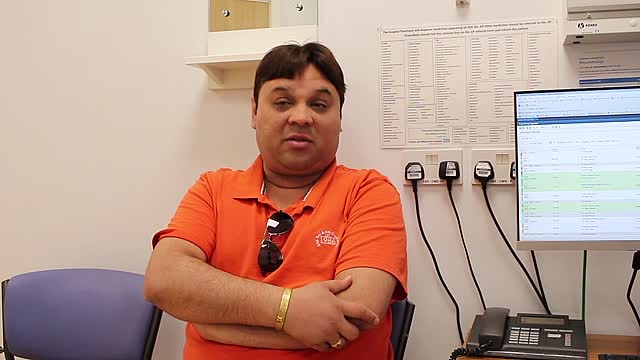Varicose Veins
Introduction
Varicose veins are so common, that it is difficult to avoid knowing something about them. You may be aware of prominent veins on your own legs, or have noticed that a family member or friend has obvious clusters of swollen and winding ‘snake-like’ veins, or developed more subtle skin markings from the small veins within their skin. Either can be a sign of an underlying problem with your veins.
Any medical dictionary will tell you that varicose veins are “dilated, tortuous, elongated, superficial veins with non-functioning, incompetent valves.” Instead of blood returning promptly to the main veins and back to the heart, leaky valves can cause blood to pool in the leg veins, increasing the back pressure in the venous system, and causing the veins to swell, ache and leak fluid and blood into the leg tissue. This sets up a process of inflammation, and changes to the microcirculation ensue, which effect oxygen and nutrient delivery to the tissues.
What was only recently appreciated, however, from large population studies performed in Edinburgh, the US and Germany, is that as many as 2 out of every 5 people in the entire population have varicose veins. What is more, varicose veins are as common in men as they are in women.
Varicose veins may be visible just by looking at the leg, on clinical examination, or become apparent using ‘hand held doppler’ scanning, or ‘ultrasound imaging’ to examine the veins in detail.
Differential diagnosis
Varicose veins are sometimes confused with 'thread veins' or 'spider veins'. These are very small veins in the skin itself and are a separate entity than varicose veins.



